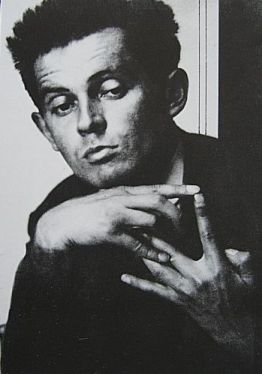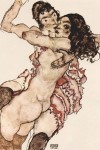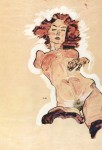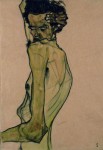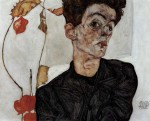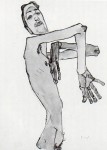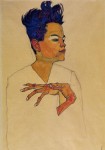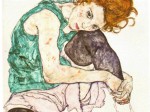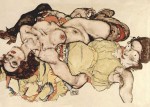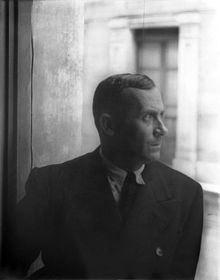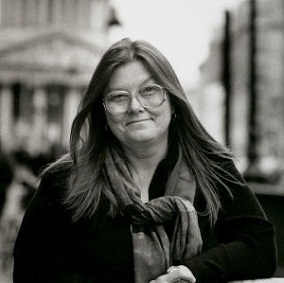 Two or three things we know for sure, and one of them is today is Dorothy Allison’s birthday.
Two or three things we know for sure, and one of them is today is Dorothy Allison’s birthday.
Born in Greenville, South Carolina on April 11, 1949, Dorothy Allison is an accomplished writer and speaker who is not shy when it comes to talking and writing about the hard things. Whether she’s speaking frankly about sexual orientation and violence, or unabashedly writing about her experiences as a woman raised in a lower-class family, Allison doesn’t avoid cutting deep into subjects and stories some writers don’t know how to address.
“I need you to do more than survive. As writers, as revolutionaries, tell the truth, your truth in your own way. Do not buy into their system of censorship, imagining that if you drop this character or hide that emotion, you can slide through their blockades. Do not eat your heart out in the hope of pleasing them.” – Dorothy Allison
Allison is best known for the novel Bastard Out of Carolina and her memoir Two or Three Things I Know for Sure. Both books tackle the ways in which in sexism and racism are violent tools used to oppress people. Whether she’s writing fiction or nonfiction, Allison brings all of herself–her experiences and opinions–to the page in order to not just bring awareness to the important issues on which she writes, but to fuel passions that will strike important dialogue around challenging systems of oppression.
“Two or three things I know for sure, and one is that I’d rather go naked than wear the coat the world has made for me.” — Dorothy Allison
Dorothy Allison
Born April 11, 1949
Novelist, poet, essayist and feminist activist
Literary works:
- The Women Who Hate Me: Poems by Dorothy Allison (1983)
- Trash: Short Stories (1988)
- The Women Who Hate Me: Poetry 1980-1990 (1991)
- Bastard Out of Carolina (1992)
- Skin: Talking About Sex, Class & Literature (1994)
- Two or Three Things I Know for Sure (1995)
- Cavedweller (1998)
Awards:
- 1989 – Lambda Literary Award “Best Lesbian Small Press Book” for Trash: Short Stories
- 1989 – Lambda Literary Award “Best Lesbian Fiction” for Trash: Short Stories
- 1992 – National Book Award finalist for Bastard Out of Carolina
- 1992 – Ferro-Grumley Award for Bastard Out of Carolina
- 1992 – Bay Area Book Reviewers Award for Bastard Out of Carolina
- 1995 – Lesbian Book Award for Skin: Talking About Sex, Class And Literature
- 1995 – New York Times Book Review notable book of the year Two or Three Things I Know for Sure
- 1998 – Lambda Literary Award “Best Lesbian Fiction” for Cavedweller
- 1998 – Lillian Smith Prize finalist for Cavedweller
- 2007 – Jim Duggins Outstanding Mid-Career Novelists’ Prize (Saints and Sinners Literary Festival)
“Behind the story I tell is the one I don’t. Behind the story you hear is the one I wish I could make you hear. Behind my carefully buttoned collar is my nakedness, the struggle to find clean clothes, food, meaning, and money. Behind sex is rage, behind anger is love, behind this moment is silence, years of silence.”
― Dorothy Allison, Two or Three Things I Know for Sure


